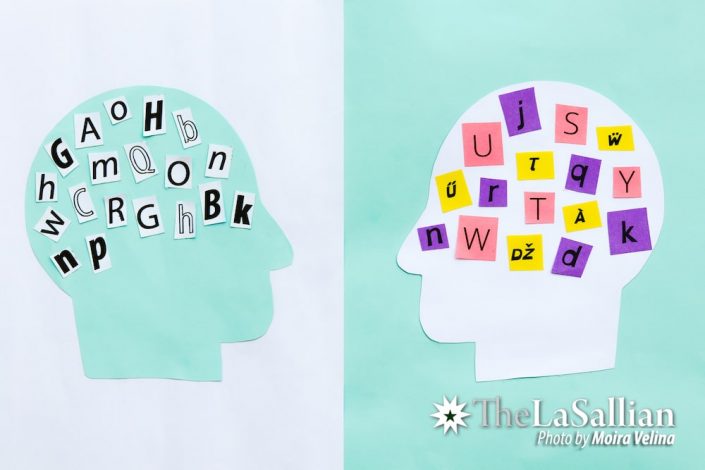Fonts are more important than one might think. While font choices may seem relatively insignificant, they can be critical in increasing a reader’s engagement with written material—whether it is an essay or a branding concept. That said, how fonts are designed also serves their purpose through their ability to play with people’s psychology—affecting how one perceives information.

What the font?
A good example is Sans Forgetica: a typeface made using psychological and design theories to enhance memory retention. By disrupting its letterforms by incorporating backward slants and gapping, readers are prompted to increase their focus on the text. Dr. Stephen Banham, a typography lecturer from the Royal Melbourne Institute of Technology’s (RMIT) School of Design, states how the font has “varying degrees of distinctiveness,” prompting readers to focus on the text.
Likewise, a similar typeface is used in bionic reading—a tool created by Swiss developer Renato Casuut. The font aims to make the reader’s eyes focused on the first few letters of a word, which are emboldened to enhance their reading speed and comprehension by letting their brain complete the rest of the text.
Besides helping readers improve their reading comprehension, memory, and overall performance, some fonts are specifically designed to help those with dyslexia, a disorder that affects parts of the brain that process language—causing one to, in a way, mix up letters and figures and to distort words. While Graphic Designer Luciano Perondi emphasizes that dyslexia is a “quite complex phenomenon” [as] there is not one type of dyslexia, some fonts have been designed to better assist dyslexic readers, such as the fonts OpenDyslexic and Dyslexie. These fonts utilize heavy-weighted but consistent bottoms that direct and reinforce lines of text, and the unique shapes help prevent confusion when rotated or flipped.
Context of the text
Perondi explains that in determining the effectivity of a particular font, its internal validity should be assessed. This is in terms of the impact of an independent variable such as font size, spacing, and shape on a dependent variable: the reader.
He also expounds that significant typeface aspects such as line length and body size are connected to visual and eye movement angles, which influence one’s reading performance. Perondi furthers that text arrangement and usage are equally important, illustrating that results for comprehension and memorization were better when conceptual maps were used as tools for schematizing knowledge.
This has been demonstrated for Sans Forgetica. Through an online experiment conducted by RMIT’s Behavioural Business Lab, the usage of this font showed an increase in reading performance. Out of all the 400 student participants, 96 were tasked to look at word pairs, and 69 percent remembered the pairs that were in Sans Forgetica. The remaining 303 students took a mock multiple choice exam. It was observed that they remembered 57 percent of the text when in Sans Forgetica compared to one in Arial font.
For the future
Overall, these typefaces are more than just a font—they serve as tools that help us with memory retention, information retrieval, and reading speed. They also serve to make information more accessible to those with sight or reading disabilities.
However, while these assistive technologies can improve reading performance, Perondi reminds us of how there is still much to study regarding how humans read, understand, and retain information. “Humans are complex, and therefore, reading is complex. The more we study, the more we understand [that] we don’t know how it works,” he stresses.
Banham hopes that these tools can still become more accessible to all soon. He emphasizes that their work on Sans Forgetica is just “a stepping stone to further research in addressing specific learning difficulties.” He further expresses his anticipation for the future development of these technologies, hoping that “[their research] will act as a catalyst for others to continue this line of inquiry.”
